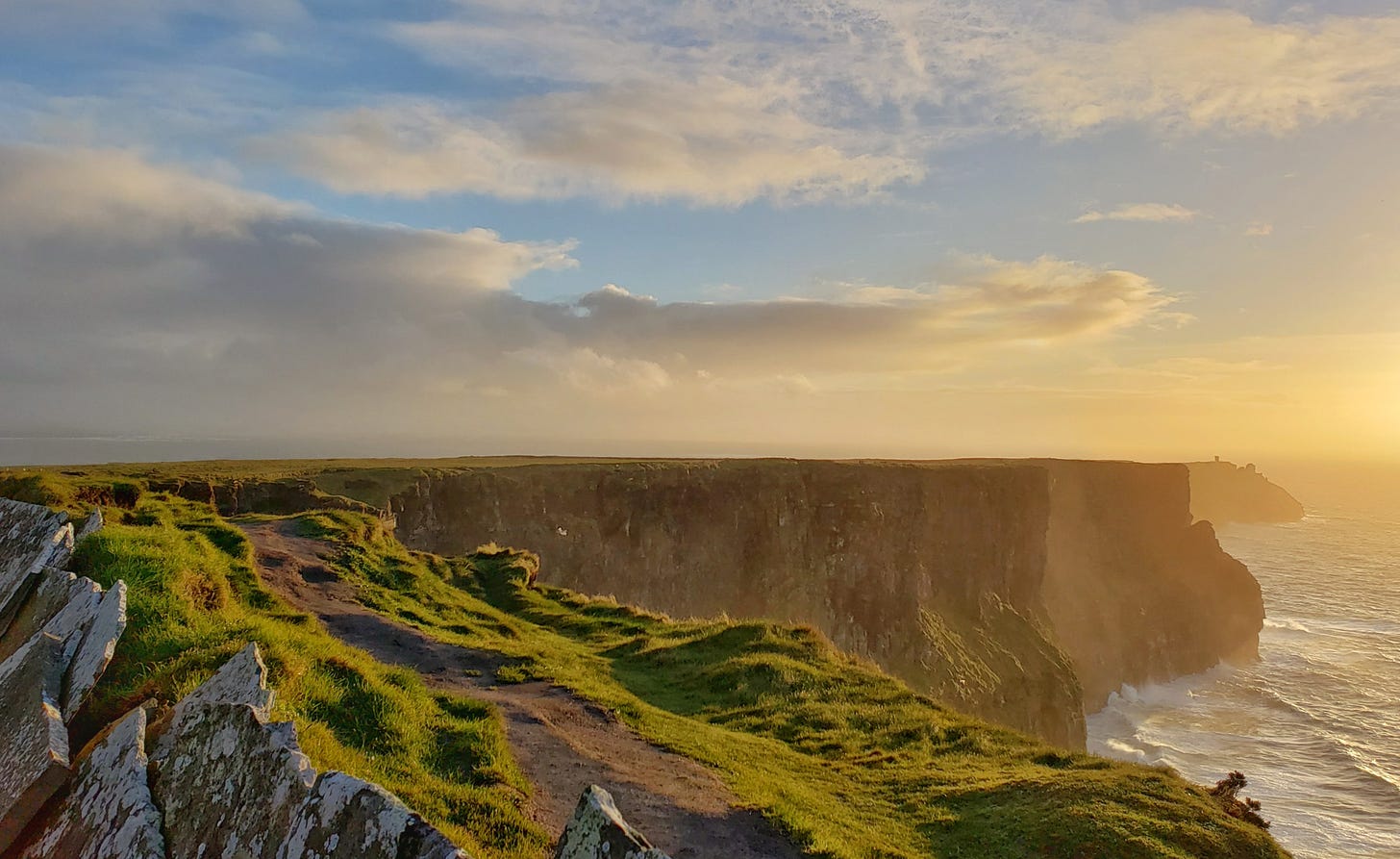
As people who have worked in and around the spirits industry for many years, we found that there was a lack of good, public, research on the trends in the spirits ind…

As people who have worked in and around the spirits industry for many years, we found that there was a lack of good, public, research on the trends in the spirits ind…